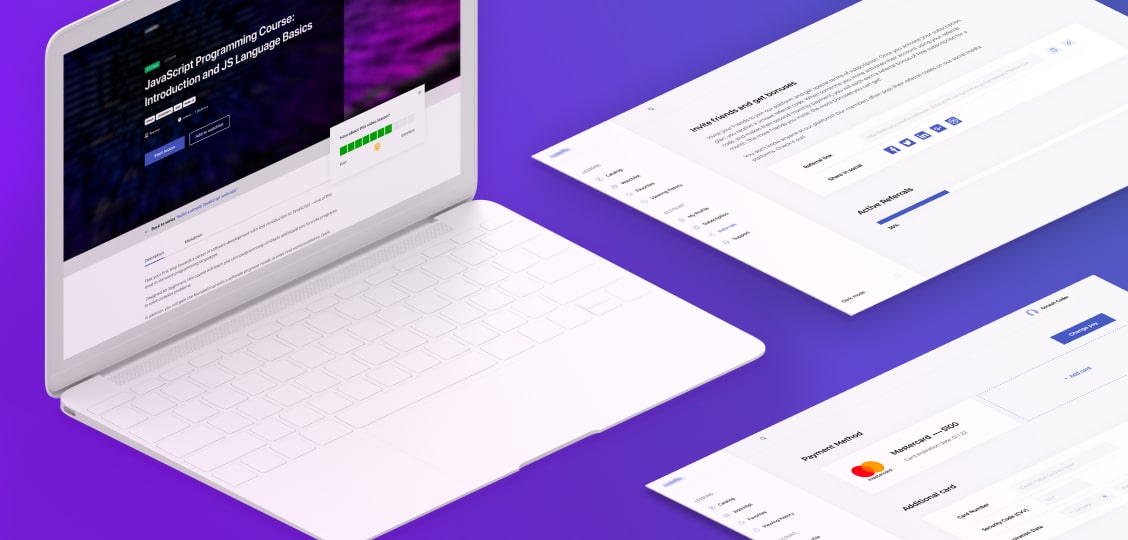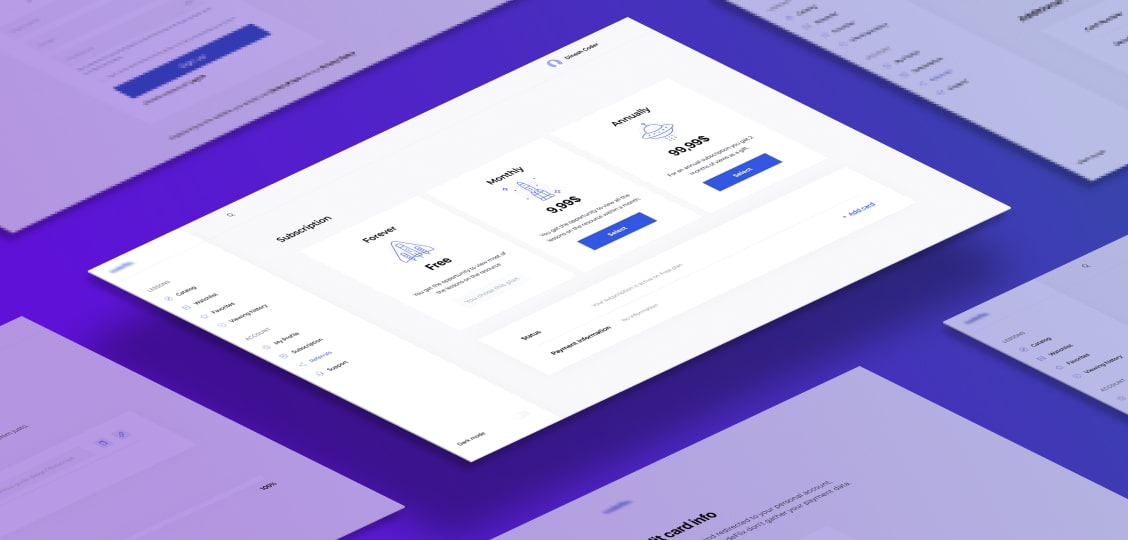
We’d love to work with you
Drop us a line about your idea, project, or challenge.
We’d like to discuss how we can help you.

See how we created an e-learning platform that provides numerous courses, fast information search across video content, personalized recommendations, and the seamless user experience
6 months, 10,560 hours
4 React developers, 3 backend developers, 2 QA engineers, a UI/UX designer, a project manager
Python, Golang, TypeScript, Node.js, React, Redux, Redux-Saga, Storybook, WebSockets, PostgreSQL, MongoDB, Elasticsearch, Elastic Stack, RabbitMQ, Redis, Docker, Kubernetes, AWS, Amazon S3, Amazon EC2, Amazon CloudFront, Amazon Route 53



Drop us a line about your idea, project, or challenge.
We’d like to discuss how we can help you.